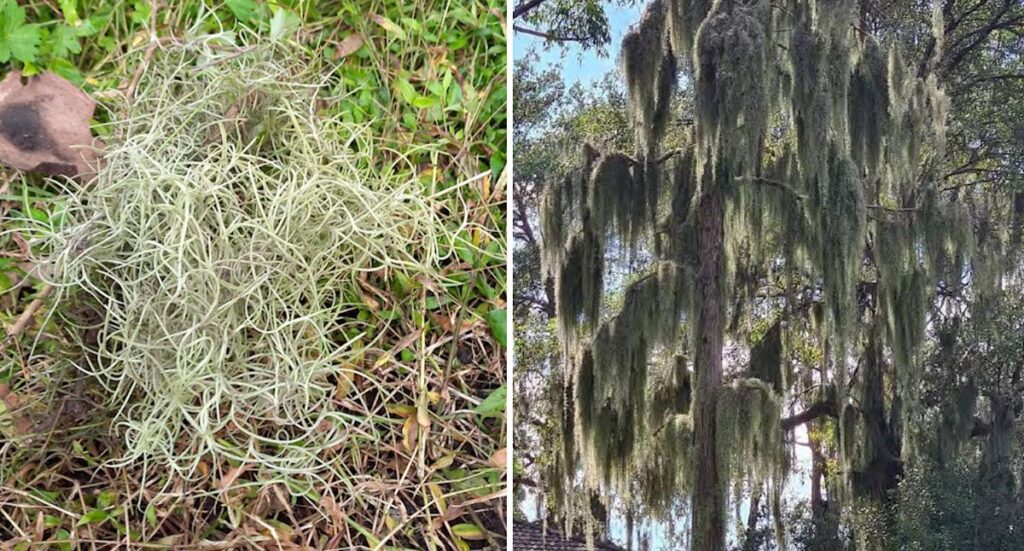
UPDATE: Residents of Sydney are facing a serious threat from an invasive plant, Spanish Moss, which is rapidly spreading and harming native trees. Willoughby City Council has issued an urgent warning, urging locals to remove this “beautiful” garden feature that is suffocating trees across the city’s suburbs.
The council’s announcement comes after heavy rainfall has caused a surge in the plant’s growth, with reports confirming it is now smothering native species such as Sydney Turpentine, Lilly Pilly, Brush Box, and Cheese Tree. The consequences are dire, as this growth threatens the critically endangered Sydney Turpentine-Ironbark Forest ecosystem.
Social media posts from the council have shocked many residents, some of whom have been cultivating Spanish Moss in their gardens for years. Despite its ornamental appeal, officials stress the urgent need for action. “It’s becoming a serious environmental weed,” the council stated, emphasizing its rapid spread and detrimental effects.
Nearby, Lane Cove Council echoed these concerns, stating that Spanish Moss is increasingly common in the region and poses a significant risk to local forest communities. The council advised residents to remove the plant immediately and dispose of it in their green waste bins.
Dr. Carol Booth, policy director of the Invasive Species Council, highlighted the urgency of the situation. “Bush regenerators are raising the alarm as Spanish Moss spreads more widely,” she noted. “It can infest dozens of native tree species, blocking sunlight and potentially killing the host trees by preventing photosynthesis.”
Although Spanish Moss is recognized as an environmental weed, it is not currently classified as such under any laws, allowing it to be legally sold across Australia. This alarming situation is compounded by its ability to spread rapidly through wind-borne seeds and fragments transported by birds, wind, and human activity.
Residents are advised to act swiftly. If you discover Spanish Moss in your garden, it is essential to remove it safely and avoid passing it on to neighbors. “Herbicides may work, but there’s a risk they could harm the tree it’s growing on,” Dr. Booth cautioned. “Mechanical removal is the safer option where possible.”
Invasive species like Spanish Moss are responsible for over $5 billion in damages annually in Australia. The Invasive Species Council is calling for stricter regulations on the nursery industry to prevent the sale of such hazardous plants, which often start as common garden ornaments.
As the situation develops, residents are urged to monitor their gardens closely and report any sightings of Spanish Moss to local councils for assistance. The urgency of this matter cannot be overstated; failure to act could jeopardize the future of Sydney’s natural landscapes.
For those unable to remove the plant themselves, contacting local councils for guidance is highly recommended. This is a critical moment for Sydney’s environment—take action now to protect our precious native trees.





